I have a custom CALayer with an animatable property called progress. The basic code is:
@implementation AnimatedPieChartLayer
@dynamic progress;
+ (BOOL)needsDisplayForKey:(NSString *)key {
return [key isEqualToString: @"progress"] || [super needsDisplayForKey: key];
}
- (id <CAAction>)actionForKey:(NSString *)key {
if ([self presentationLayer] != nil) {
if ([key isEqualToString: @"progress"]) {
CABasicAnimation *anim = [CABasicAnimation animationWithKeyPath: key];
[anim setFromValue: [[self presentationLayer] valueForKey: key]];
[anim setDuration: 0.75f];
return anim;
}
}
return [super actionForKey: key];
}
- (void)drawInContext:(CGContextRef)context {
// do stuff
}
@end
In the view controller I do this, to try and get my animation to start from the beginning every time:
- (void)viewWillAppear:(BOOL)animated {
[super viewWillAppear: animated];
[pieChart setProgress: 0.0];
}
This all works perfectly. I put the layer on a view, the view in a view controller, and it all works as expected.
The complication is that my view controller is inside a UIScrollView. This presents a situation where the user could swipe away from my view controller before the CALayer animation completes. If they swipe back quickly, the CALayer animation does something weird. It reverses. It's like the animation is trying to go back to the beginning. Once it gets there it starts over, and animates the way it is supposed to.
So the question is, how can I prevent this. I want the animation to start from the beginning every time the view is displayed – regardless of what happened last time.
Any suggestions?
UPDATE
Here's a visual example of the problem:
Working:

Failing:
